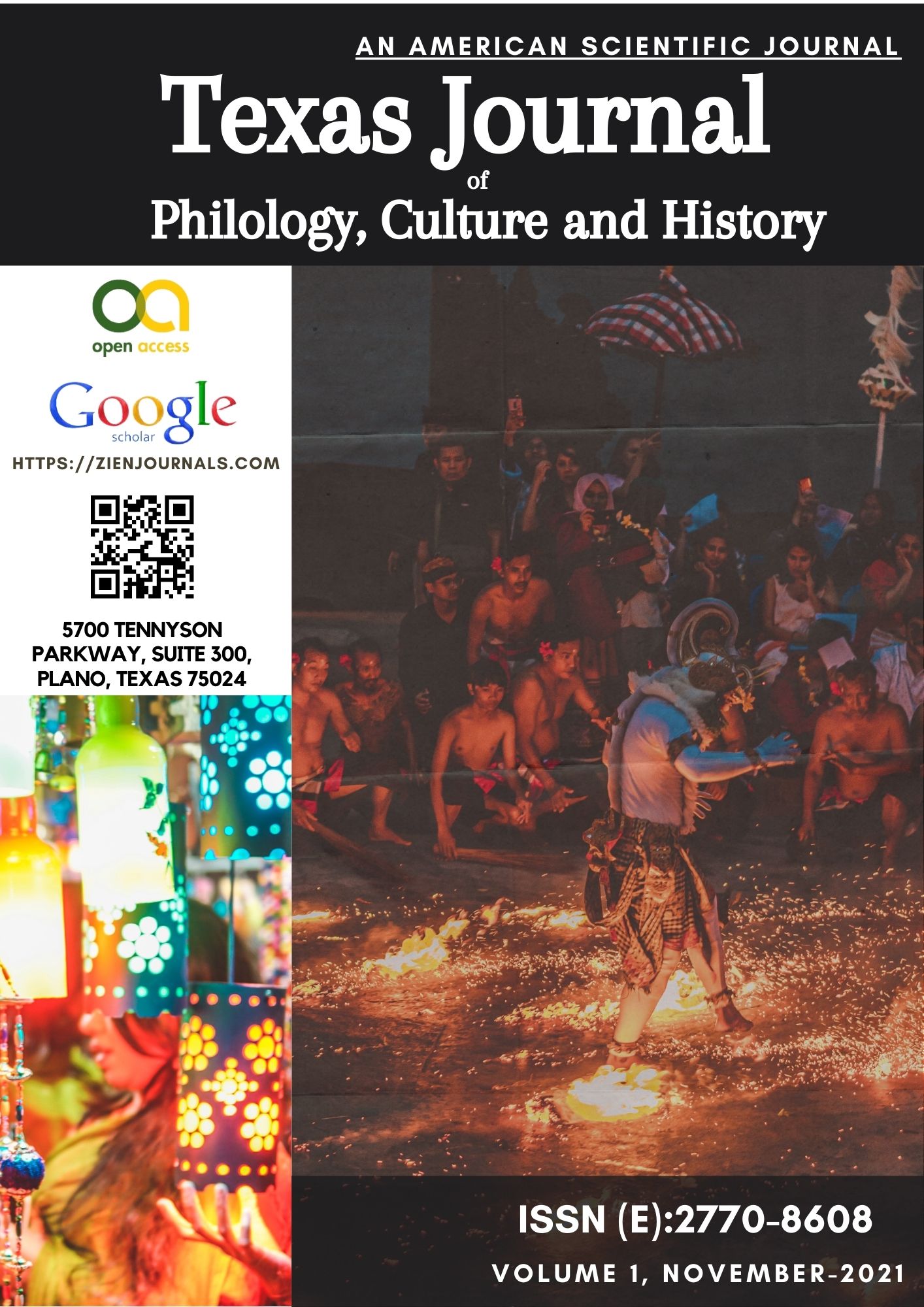The struggle between the constitution and tyranny during the government of Mirza Ahmad Khan, the Field Marshal of the Second Sultanate of Iran1908-1909
Keywords:
discussed, sultanate, research, political developmentsAbstract
The period during which Mirza Ahmed Kham, the Mushir of the Sultanate, became prime minister in Iran constituted a major conflict as a result of the political, economic, and social transformations that the country witnessed, the extent of which was not limited to Iran only, but also transcended those borders, to include the regional neighborhood, and to the period in which it was These transformations represent the beginning of the end for him assuming his ministerial portfolio in Iran, and a catalyst in many subsequent events in the political arena, which in turn were also reflected in the general scene in Iran. Given the importance of these events and their political connections that almost constituted a crossroads in the political future of Iran, and the size of their impact on social awareness in Iran, the title of the research came to shed light on the political developments and the accompanying events and conflict between the advocates of the constitution and the oppressive group in Iran during the government of Mirza Ahmad Khan Mushir The second sultanate, as the study was divided into three sections, the first topic dealt with political developments and their effects on the nature of constitutional life. In contrast, the second topic touched upon the Shah’s preparations to strike the National Assembly, while the third topic discussed the stage of petty tyranny.
References
Uday Muhammad Kazem Al-Sabti. 2013. The Iranian National Shura Council 1906-1911, a historical-analytical study, Ph.D. thesis, University of Kufa, p. 159.
Talal Majzoub. 1980. Iran from the Constitutional Revolution to the Islamic Revolution 1906-1979, Ibn Rushd House for Printing, Beirut, p. 226.
Hadi Sahib Idan Al-Badrawi. 2015. The Russian Position on the Iranian Constitutional Revolution 1905-1911 CE, Master’s Thesis, College of Education, Wasit University, p. 111.
Hassan Karim al-Jaf .2008. Encyclopedia of Iran’s Political History from the Beginning of the Safavid State to the End of the Qajar State, Volume 3, Arab House of Encyclopedias, Beirut, p. 325.
Sabah Al-Fatlawi .2013. The Iranian Constitutional Revolution and Internal Political Developments in Iran 1907-1909, Al-Rafidain Press, Beirut.
Khudair Al-Budairi .2012. The Political Role of the Bazaar in the Iranian Constitutional Revolution 1905-1911, Al Aref Publications, Beirut, p. 239.
Khudair Al-Budairi .2013. Iran in British Politics 1896-1921, Al Aref Publications, Beirut, p. 252.
Abdullah Karim Kazem .1915. The Bakhtiari Tribes and Their Political Role in Iran (1896-1918), Master Thesis, University of Al-Muthanna, College of Education for Human Sciences, p. 93.
Khudair Mazloum Farhan Al-Budairi .2008. Chapters from the History of Modern and Contemporary Iran, Volume 1 (The Qajar era 1796-1925), Edition 1, Dar Al-Zia for Printing and Design, Najaf Al-Ashraf, pg. 106.
[Arvand Ibrahimian .1983. Iran between two revolutions, translation: Research and Information Center, Vol. 1, Translated Books Series, No. 22, Baghdad, pp. 133-136.
Jasper Ridley, Garibaldi. 1907. New York, Viking Press,1976, PP.602-633; G.M. Trevelyan, Garibaldis Defence of Roman Republic, Longmans, London, P22.
Downloads
Published
Issue
Section
License

This work is licensed under a Creative Commons Attribution 4.0 International License.
User Rights
Under the Creative Commons Attribution-NonCommercial 4.0 International (CC-BY-NC), the author (s) and users are free to share (copy, distribute and transmit the contribution).
Rights of Authors
Authors retain the following rights:
1. Copyright and other proprietary rights relating to the article, such as patent rights,
2. the right to use the substance of the article in future works, including lectures and books,
3. the right to reproduce the article for own purposes, provided the copies are not offered for sale,
4. the right to self-archive the article.













